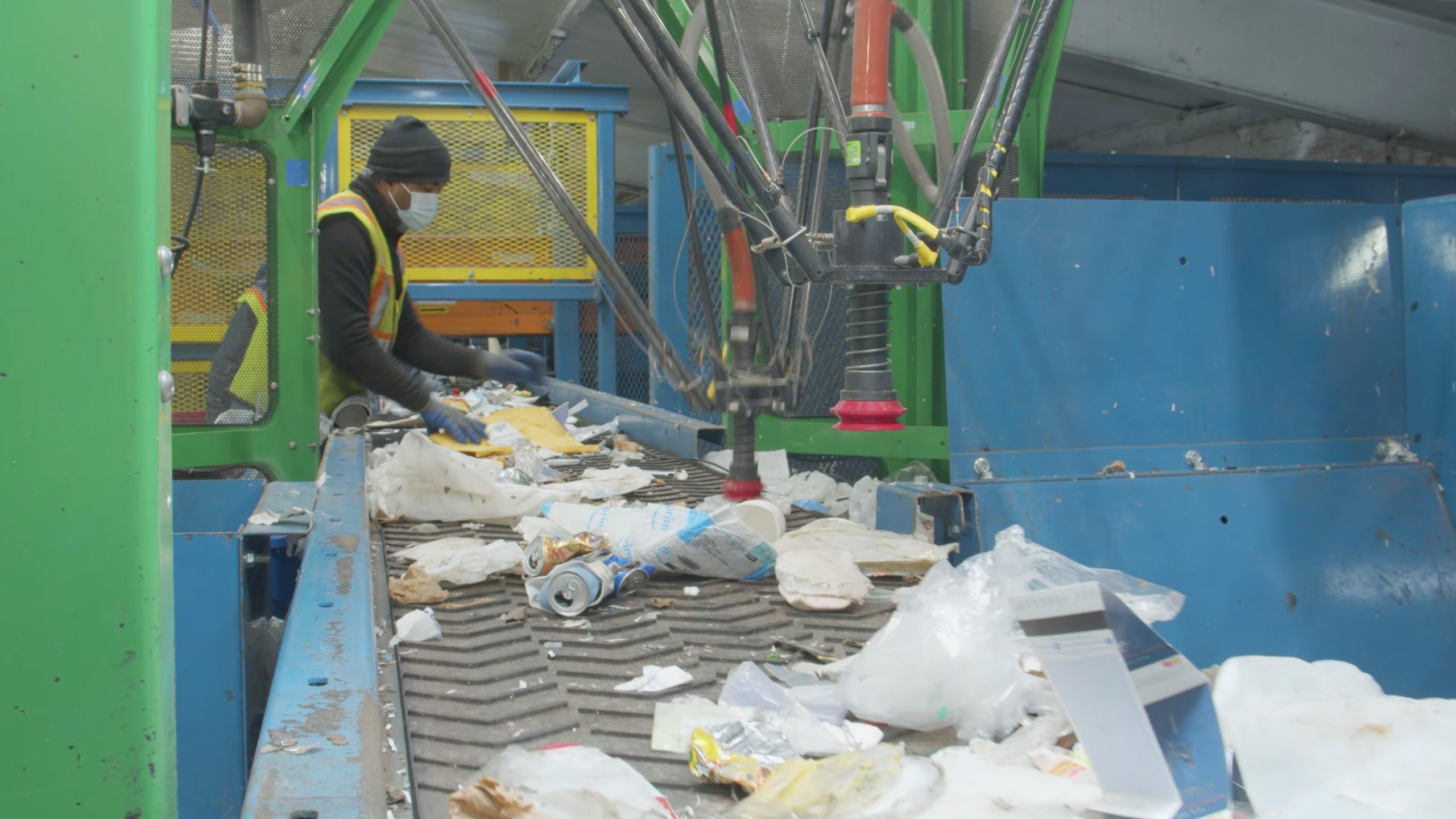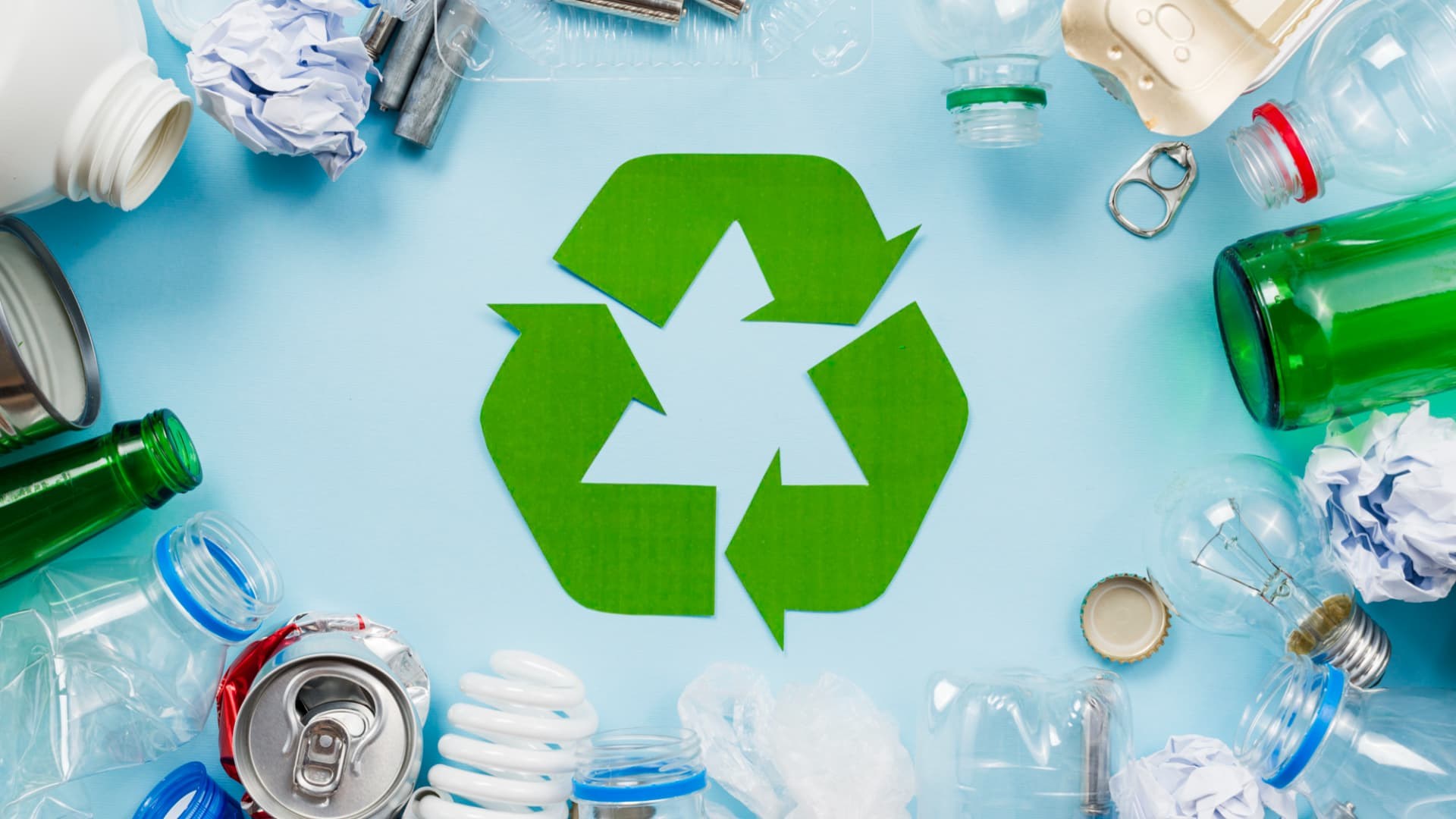Checking Out Different Kinds Of Waste in Modern Waste Monitoring Solution
The modern landscape of waste monitoring entails navigating a complex range of waste types, each needing specialized handling and disposal techniques to alleviate environmental impacts. Local strong waste, dangerous waste, electronic waste, and natural waste each existing distinct challenges and opportunities for source recuperation.
Metropolitan Strong Waste
Metropolitan solid waste, commonly described as household trash or garbage, encompasses a range of disposed of materials produced by household, business, and institutional sources within a town. This waste stream commonly consists of things such as packaging, food scraps, lawn trimmings, paper, plastics, fabrics, and discarded household products. The monitoring of metropolitan solid waste is a crucial component of city preparation and public health, requiring efficient collection, transportation, and disposal systems.
Reliable waste monitoring systems are created to lessen ecological impact while maximizing resource recuperation. This frequently entails a mix of techniques consisting of recycling, landfilling, and composting. Recycling programs target materials like paper, glass, steels, and particular plastics, diverting them from landfills and reestablishing them into the production cycle. Composting organic waste, such as food scraps and yard trimmings, not just decreases land fill usage yet also creates beneficial soil amendments.
Municipalities should also deal with the logistical and economic obstacles linked with waste monitoring. Applying pay-as-you-throw systems, boosting public awareness, and investing in innovation can dramatically boost waste diversion prices. By incorporating these practices, towns can foster lasting areas, reduce greenhouse gas emissions, and conserve natural deposits.
Hazardous Waste

Efficient contaminated materials management includes numerous critical actions: recognition, disposal, treatment, and segregation. Recognition requires the classification of waste based on its unsafe residential or commercial properties. Partition makes certain that hazardous products are stored individually from non-hazardous waste to stop cross-contamination. Therapy methods, such as chemical neutralization, incineration, and stabilization, are used to decrease the toxicity, quantity, or flexibility of the waste. Disposal options, including safe land fills and below ground storage space, are selected to make certain lasting containment.
Regulatory structures, such as the Source Conservation and Healing Act (RCRA) in the United States, provide standards and criteria for contaminated materials administration. Adherence to these policies, coupled with advancements in waste treatment technologies, is crucial in alleviating the dangers connected with contaminated materials.
Electronic Waste
Digital waste, typically described as e-waste, represents a rapidly growing obstacle in waste management systems internationally. This sort of waste includes thrown out electronic tools and devices such as smartphones, computers, televisions, and other digital appliances. The quick speed of technical improvement, coupled with lowering item lifespans and consumer need for the newest tools, has exponentially boosted the volume of e-waste produced yearly.
E-waste is especially problematic because of its intricate make-up, often having harmful compounds like cadmium, lead, and mercury, which pose substantial environmental and wellness threats if not appropriately managed. Alternatively, e-waste also includes important products such as gold, silver, and copper, which can be recouped and recycled. The dual nature of e-waste-- both dangerous and useful-- requires specific handling, reusing, and disposal procedures.
Reliable e-waste monitoring includes strict regulative frameworks, durable collection systems, and advanced reusing innovations. Public understanding and participation are important, as inappropriate disposal techniques, such as unlawful discarding and casual recycling, aggravate ecological contamination and carcinogen. Boosting e-waste administration methods is crucial for reducing environmental influence and recovering valuable sources in a significantly electronic world.

Organic Waste
Organic waste, consisting of cooking area scraps, lawn trimmings, and agricultural residues, stands for a significant portion of the global waste stream. This kind of waste is biodegradable, suggesting it can be damaged down by microorganisms into simpler organic compounds. In spite of its potential for all-natural decomposition, incorrect management of organic waste can lead to damaging ecological influences, consisting of the emission of greenhouse gases such as methane, which add to environment change.
Effective administration of natural waste is important for minimizing these environmental influences (recycling lives services). Composting is a commonly adopted approach, changing natural waste right into nutrient-rich compost that can boost dirt health and wellness and farming productivity. Additionally, anaerobic food digestion is an arising technology that converts natural waste right into biogas, a renewable resource source, and digestate, which can be made use of as plant food
Municipalities and waste management entities should execute robust natural waste collection and therapy programs to make best use of the advantages of these processes. Public try this education campaigns can likewise play a crucial duty in motivating households and organizations to different natural waste from various other kinds of waste. By focusing on the management of organic waste, societies can decrease landfill use, lower greenhouse gas official site exhausts, and produce important by-products for farming usage.

Cutting-edge Waste Administration
In the world of waste administration, ingenious methods are transforming just how cultures handle their refuse, going for sustainability and efficiency. These innovations include a series of modern technologies and methods that improve reusing rates, decrease landfill reliance, and reduced ecological influence. One noticeable innovation is the application of smart waste containers geared up with sensors that keep track of fill degrees and enhance collection routes. This not just minimizes fuel intake however likewise minimizes greenhouse gas emissions.
Another remarkable development is the fostering of waste-to-energy (WtE) technologies. By transforming non-recyclable waste right into functional power through processes such as incineration and anaerobic digestion, WtE lowers land fill burden and provides a renewable power source. Improvements in chemical reusing enable for the malfunction of complicated plastics into their original monomers, enabling the production of new, high-quality plastic items.
Additionally, the round economic situation version is acquiring traction, highlighting the style of items and systems that focus on reusability and source performance. This holistic strategy motivates sectors to decrease waste generation from the beginning. Through these cutting-edge techniques, contemporary waste administration systems are not just resolving the instant obstacles of waste disposal however likewise leading the way for an extra lasting future.
Final Thought
A thorough understanding of municipal solid waste, contaminated materials, digital waste, and organic waste, coupled with the execution of ingenious waste monitoring remedies, is vital for minimizing environmental influences. Incorporating modern technologies such as clever waste containers and waste-to-energy systems can enhance performance and sustainability. Reliable waste monitoring techniques not just foster resource recuperation however additionally promote public understanding and involvement, eventually contributing to the advancement of a circular economic Homepage situation.
The contemporary landscape of waste management entails browsing a complex variety of waste types, each requiring specialized handling and disposal methods to minimize environmental effects. Community strong waste, hazardous waste, electronic waste, and natural waste each existing distinct difficulties and possibilities for source recovery.Electronic waste, generally referred to as e-waste, stands for a swiftly growing challenge in waste monitoring systems globally. Through these cutting-edge techniques, contemporary waste administration systems are not just attending to the instant difficulties of waste disposal however additionally leading the method for a much more lasting future.
An extensive understanding of metropolitan solid waste, hazardous waste, electronic waste, and natural waste, paired with the implementation of cutting-edge waste monitoring remedies, is vital for reducing ecological impacts. (recycling lives services)